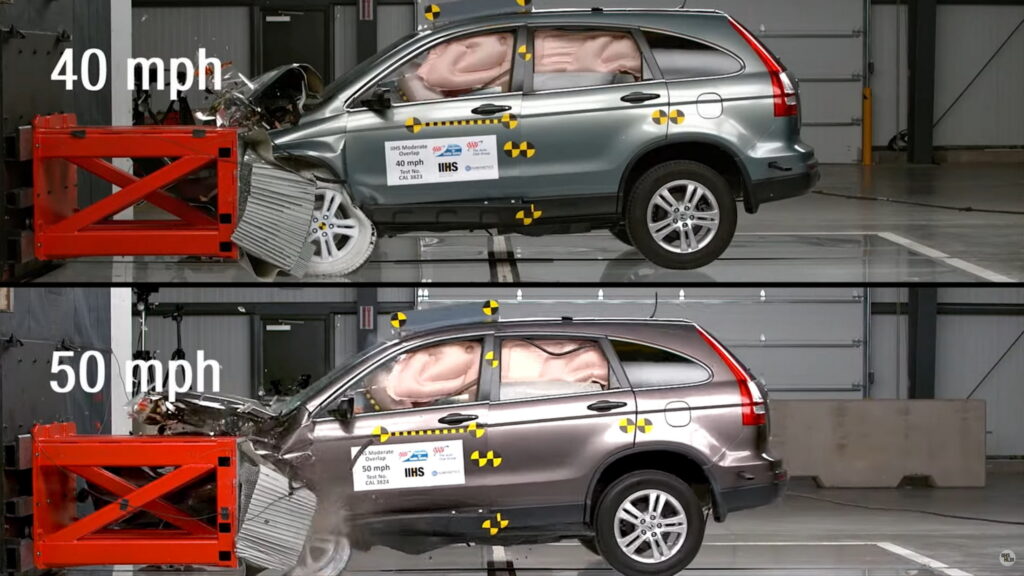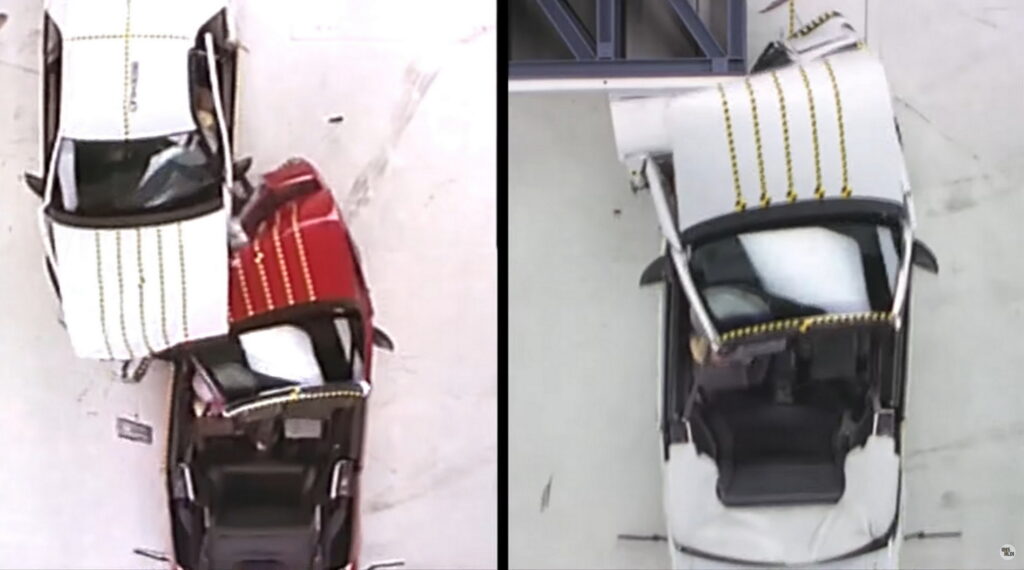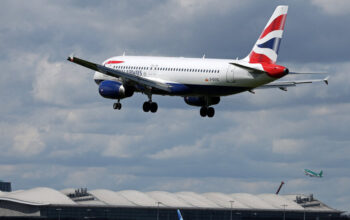Contrary to what you might think, running crash tests at 80 mph might have negative impacts on vehicle safety
March 17, 2024 at 08:17
 –>
–> 
–>
Crash testing has done an enormous amount to improve vehicle safety, but a closer look at the Insurance Institute for Highway Safety’s (IIHS) program shows that it only looks at 40 mph (64.3 km/h) collisions. Why is that, when vehicles can legally go up to 85 mph (136.7 km/h) on some roads?
Well, the IIHS has attempted to answer that question in a video on its YouTube channel. Firstly, the institute isn’t being a weeny about speed. Its tests are actually faster than America’s automotive safety regulator, the National Highway Traffic Safety Administration, which tests at 35 mph (56.3 km/h).
Although speed has a significant impact on crash severity, more isn’t always better in a testing context. According to Raul Arbelaez, the vice president of the IIHS Vehicle Research Center, it isn’t just trying to make vehicles safe in the worst crashes, it’s trying to make them safer in the common accidents.
Read: Zero Trucks In the 2024 Model Year Qualify For IIHS Top Safety Pick+ Award

“Our test speed captures the middle of the distribution of real world crashes where we know there are serious and severe injuries,” said Arbelaez. “We know that there are crashes that are more severe, but we are capturing the bulk of the total number of crashes.”
And picking the right crash test speed is very important, because it can have significant impacts on how vehicles are designed. Counterintuitively, testing vehicles at, say, 85 mph could actually have a negative effect on their safety.
“There are some unintended consequences that go along with that, including degraded safety in lower-severity crashes,” says Arbalaez. “What happens is your vehicle ends up being stiffer in order to perform well in that higher-severity crash.”
Even upping the speed by just 10 mph (16 km/h) could have a significant impact on vehicle design. Although 50 mph (80.4 km/h) is just 25 percent faster than 40 mph (64.3 km/h), the crash forces actually increase by 56 percent at that speed. Arbalaez says that designing vehicles to accommodate that relatively subtle increase in test speed “significantly change” them.
[embedded content]


